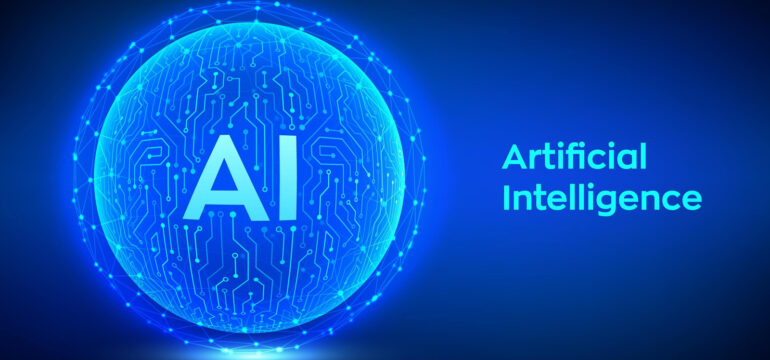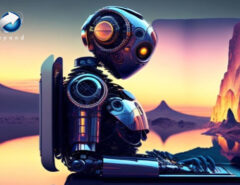Say the words “artificial intelligence,” and most people think of Alexa and Siri. It’s everywhere around us—think of Netflix recommending your next TV show or Uber optimizing the best route home.
AI is everywhere. Some examples are Apple’s Siri, Amazon’s Alexa, chatbots, streaming services such as Netflix, and social networking sites. Other examples are kitchen appliances, smartphones, wearables, and our new generation cars. Our interactions with these things can be tracked so AI can learn patterns to provide us with more personalized service.
The past two decades have shown us that automation and AI can measure up against complex business use cases. And as AI gets even better at analyzing data, companies can leverage AI even more to help them work smarter and more efficiently.
AI and automation aren’t just helping financial services companies, either. Healthcare payers are accelerating identification of high-risk pregnancies. The software robot loads verified patient data and accesses a predictive model to score the patient for risks, and determines the appropriate care management plan.
As we move into the next decade of technology maturity, the enterprise use cases for AI will only continue to grow. Past tools have laid the foundation for what’s possible with AI, but there’s still lots of ground to be broken by taking these tools to scale.
It’s time to automate. We’ve reached the stage in AI evolution where it isn’t theoretical—it is imperative and is predicted to unlock hundreds of billions of dollars in value for companies that embrace it.





Leave a Reply